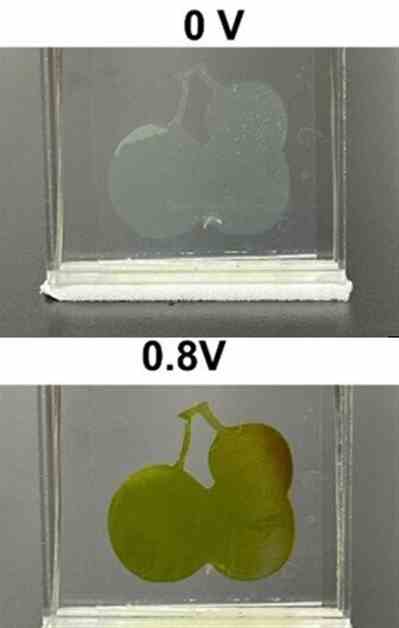New Electrochromic Films Revolutionize Smart Windows for Temperature Regulation
Advances in electrochromic coatings have paved the way for a breakthrough in environmentally friendly methods to control indoor temperatures. A recent study published in ACS Energy Letters introduces a new electrochromic film design utilizing metal-organic frameworks (MOFs) that can swiftly transition from transparent to glare-reducing green to heat-preserving red.
The research team led by Hongbo Xu harnessed the unique properties of MOFs to create a thin film with customizable pore sizes, allowing for enhanced color control, durability, and current flow. The MOF-based electrochromic film exhibited rapid color changes, shifting from colorless to green at 0.8 volts and to dark red at 1.6 volts in just two seconds. Furthermore, the film maintained its green or red hue for up to 40 hours before reverting to transparency with the application of a reverse voltage.
With a remarkable stability of 4,500 cycles of color switching, Xu’s team envisions the potential use of these tunable coatings in smart windows for regulating indoor temperatures, as well as in various intelligent optical devices and sensors. This innovation marks a significant step towards sustainable energy-efficient solutions for maintaining comfortable indoor environments.
In addition to Xu’s groundbreaking work, several other research groups have introduced novel electrochromic coating designs, such as UV-blocking radiative cooling films, plant-based films that cool under sunlight, and temperature-responsive films that adjust darkness based on weather conditions. The future of smart windows and advanced optical technologies looks promising with these recent developments in electrochromic films.
Overall, the integration of MOFs in electrochromic films opens up a realm of possibilities for energy-efficient and adaptive solutions in architectural and technological applications, promising a more sustainable and comfortable future for indoor environments.
